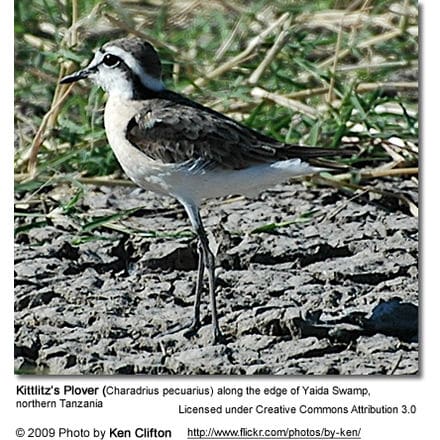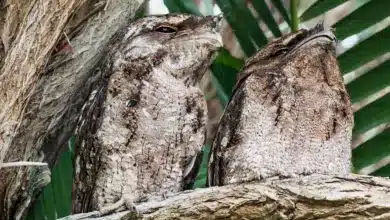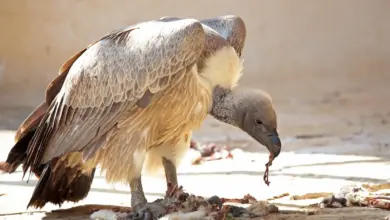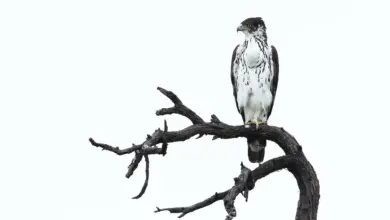Kittlitz’s Plovers
The Kittlitz’s Plovers,Charadrius pecuarius, is a small plover found in much of sub-Saharan Africa, Madagascar, and the Nile Delta. Some birds, especially in coastal areas, are resident, while other populations are migratory or nomadic.

Description
The adult Kittlitz’s Plover is 14–16 cm long. In breeding plumage it has a grey-brown back, crown and wings, an orange breast shading to white on the lower belly, and long dark grey legs.
The forehead and throat are white, with black lores (the regions between the eyes and bill on the side of a bird’s head) and a black frontal bar, the latter extending as a stripe down the sides of the neck and around the hind neck.
In winter, the adults lose the distinctive face pattern and resemble Kentish Plovers, but they are smaller, longer-legged, and longer-billed. They have fewer uniform upper parts than Kentish, and always show a pink or orange breast colouration.
Juvenile Kittlitz’s Plovers are similar to winter adults, but the underpart color is often restricted to just a narrow gorget. In flight, the primary flight feathers are dark with a short white wing bar.
The Kittlitz’s Plover forages for food on open dry mud and short grass, usually close to water. The specific name, pecuarius, means “grazer”, referring to the grassland habitat. It hunts usually by sight for invertebrates including insects, earthworms, crustaceans, and mollusks.
The call is a plaintive tee peep, and this plover may give a hard trip when alarmed.
This species is named for Baron Heinrich von Kittlitz. It is one of the species to which the Agreement on the Conservation of African-Eurasian Migratory Waterbirds (AEWA) applies.
Breeding
Its breeding habitat is open ground on beaches or dry mudflats, near water, and with little or no plant growth. The nest is a simple scrape, and both parents incubate the usually two eggs.
If a potential predator approaches the nest, the adult will walk away from the scrape, calling to attract the intruder and feigning a broken wing. Of course, once the intruder is far enough from the nest, the plover flies off.
Kittlitz’s Plover is gregarious outside the breeding season, feeding and roosting in mostly small groups, but in flocks of up to 250 on migration.
References
- BirdLife International (2004). 2006 IUCN Red List of Threatened Species. IUCN 2006. Retrieved on 11 May 2006. Database entry includes justification for why this species is of least concern
- Birds of The Gambiaby Barlow, Wacher and Disley, ISBN 1-873403-32-1
Beauty Of Birds strives to maintain accurate and up-to-date information; however, mistakes do happen. If you would like to correct or update any of the information, please contact us. THANK YOU!!!





